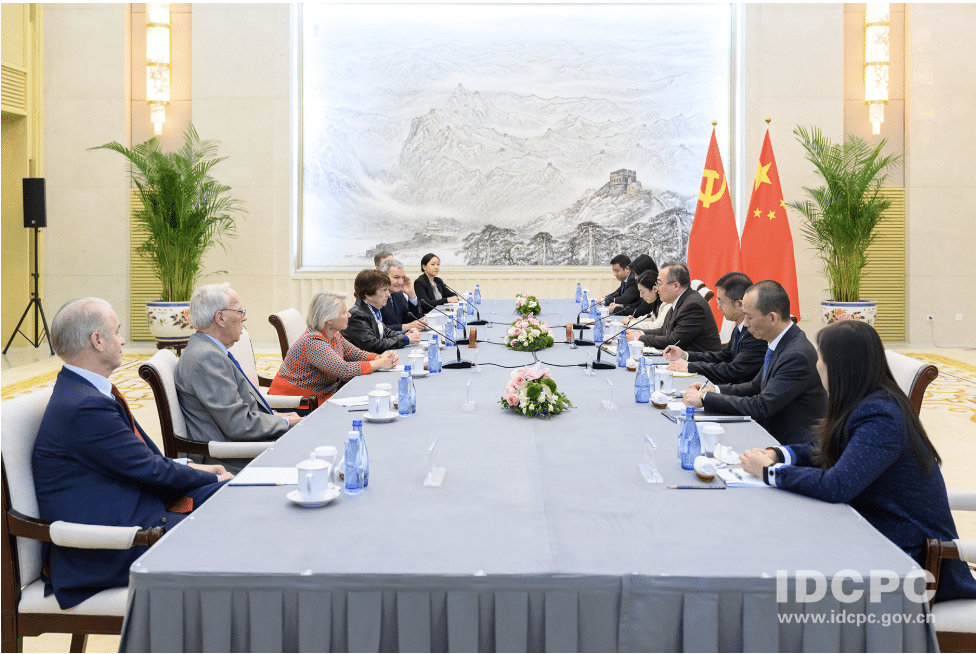China’s Capacity To Project Power Is Going Global
Tuesday, Chinese Foreign Minister Wang Yi said that China is looking to build “some infrastructure facilities and support abilities,” Beijing’s code for military bases, outside China. “I believe that this is not only fair and reasonable but also accords with international practice,” he said.
If Wang sounded defensive, it is because for decades China adamantly insisted it would never maintain such bases outside its borders.
At the moment, however, the Chinese navy is building “support facilities” in Obock in Djibouti, on the Horn of Africa, which guards the southern entrance to the strategically important Red Sea. The location is generally considered, inside China and elsewhere, as the first of the country’s foreign military bases.
More are on the way as China develops port projects around the Indian Ocean. Take the Chinese-funded Colombo International Container Terminal, for instance. In both September and October 2014, the Sri Lankan government allowed a Chinese submarine and its tender to dock there, which shocked and angered New Delhi.
China is big in the Indian Ocean. It is now constructing facilities in Payra in Bangladesh, Gwadar in Pakistan, and Kyaukpyu in Burma. There is a Chinese-funded port in Seychelles with military applications.
In November 2014, quoting a report in Chinese media, the Namibian noted that China was establishing 18 “naval bases” in the Indian Ocean. The People’s Liberation Army responded by disavowing the Chinese report and said the claims made in the articles were “utterly groundless.”
Whether the report is accurate or not, China is unmistakably developing a support infrastructure in the Indian Ocean – and beyond — for its expanding fleet of warships. Beijing last year was in talks with the Namibian government to build a base for up to six warships at Walvis Bay. A “depot” or “overseas strategic support base” there would give the Chinese navy the ability to interdict shipping rounding the Cape of Good Hope.
Beijing, however, is not content with just the South Atlantic. Farther north, near the equator in the Gulf of Guinea, China is constructing an $800 million port in Sao Tome and Principe, another project with military implications.
China is even casting its glance toward the North Atlantic. In Portugal’s strategic Azores, Beijing has shown an interest in taking over what is becoming a “ghost” U.S. Air Force base, Lajes Field, on the island of Terceira.
At the moment, there are only 200 American personnel at the facility. Pentagon budget cuts are aggravating the economic downturn in the area and that may oblige Lisbon to allow China’s military to use Lajes.
Chinese planes sitting at the end of the 10,865-foot runway there could be at the mouth of the Mediterranean in minutes—and would be closer to New York than Hawaii is to Los Angeles. According to locals, China is also expressing an interest in the port near Lajes as well.
Earlier this week Foreign Minister Wang was coy about his government’s intentions, but Beijing’s global vision is coming into focus. China is extending its capacity to project power to Europe and the Mediterranean Sea, and indeed, even closer to America’s shores.
By GORDON G CHANG Mar. 9, 2016 on World Affairs Journal
Read more here








